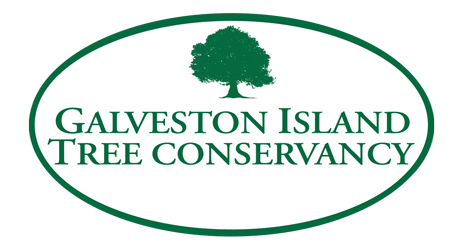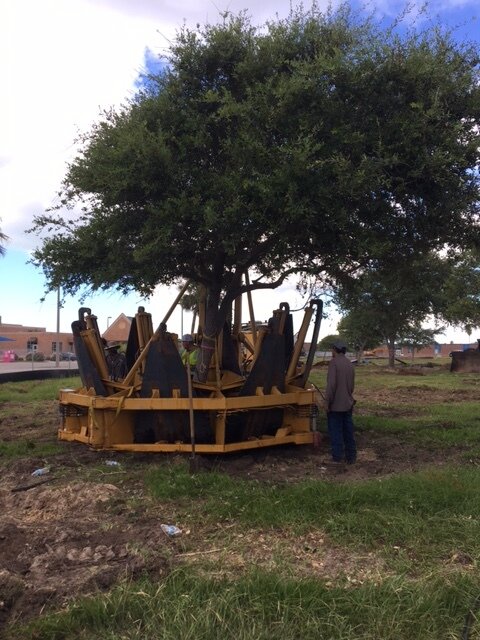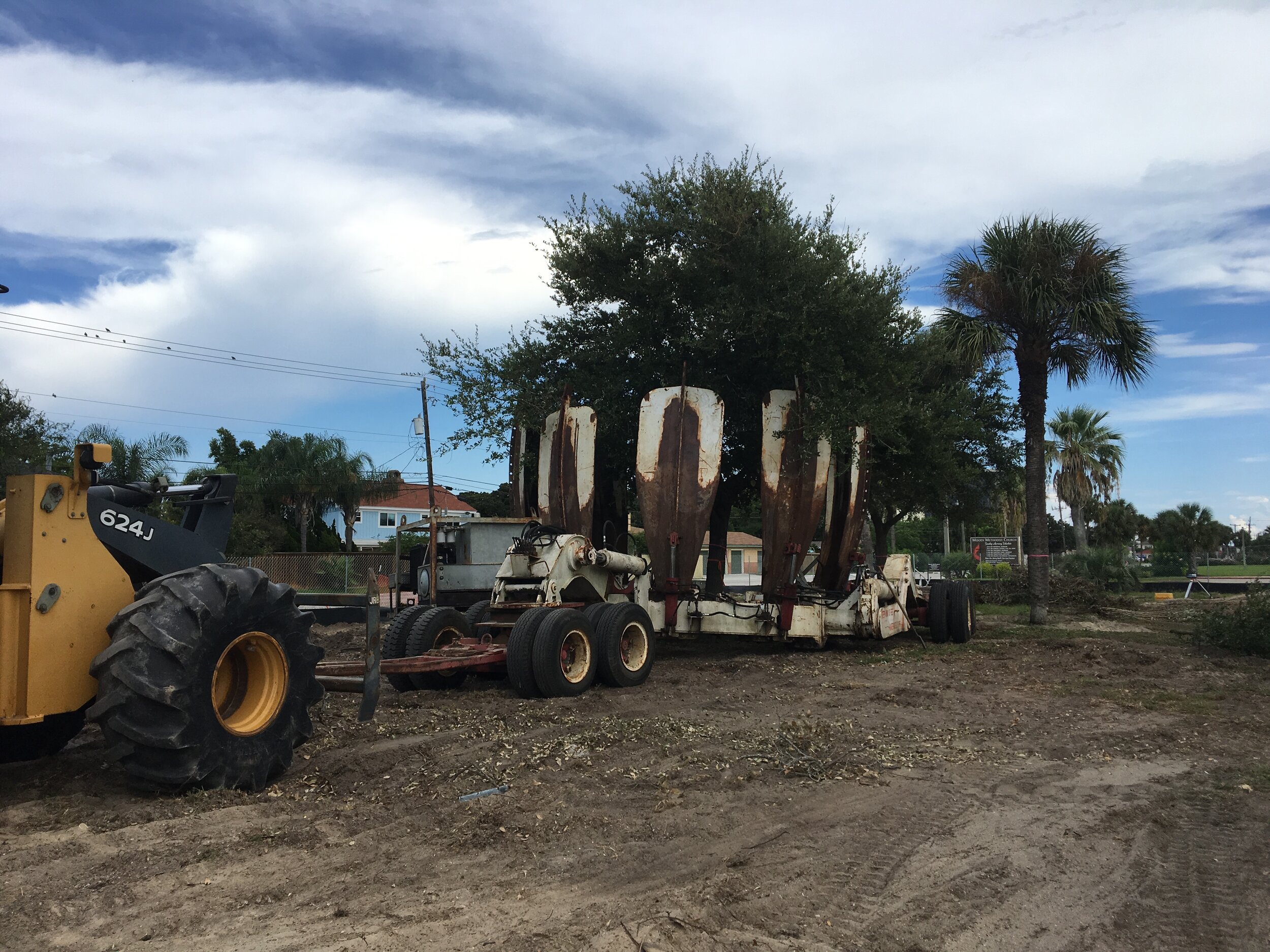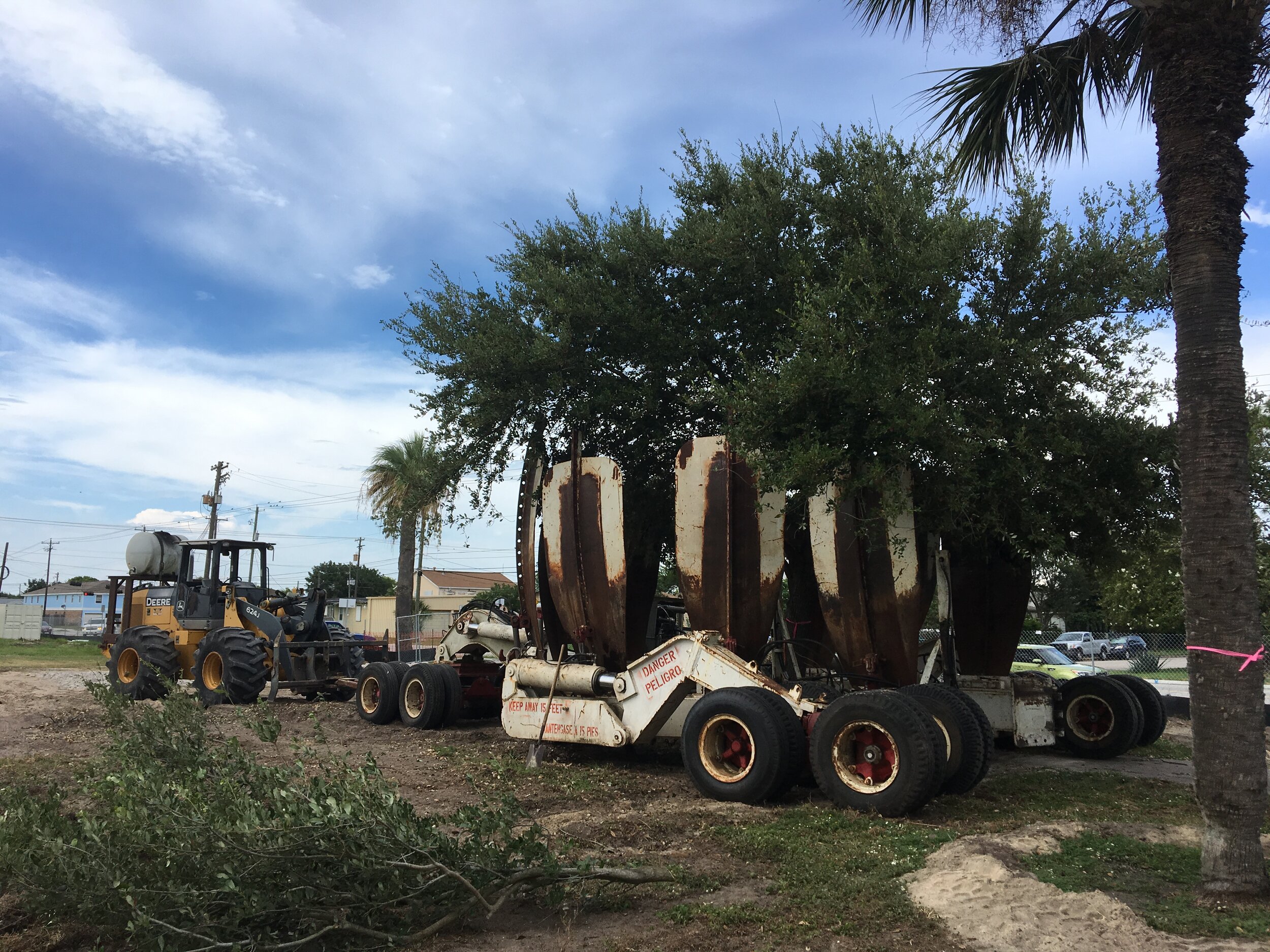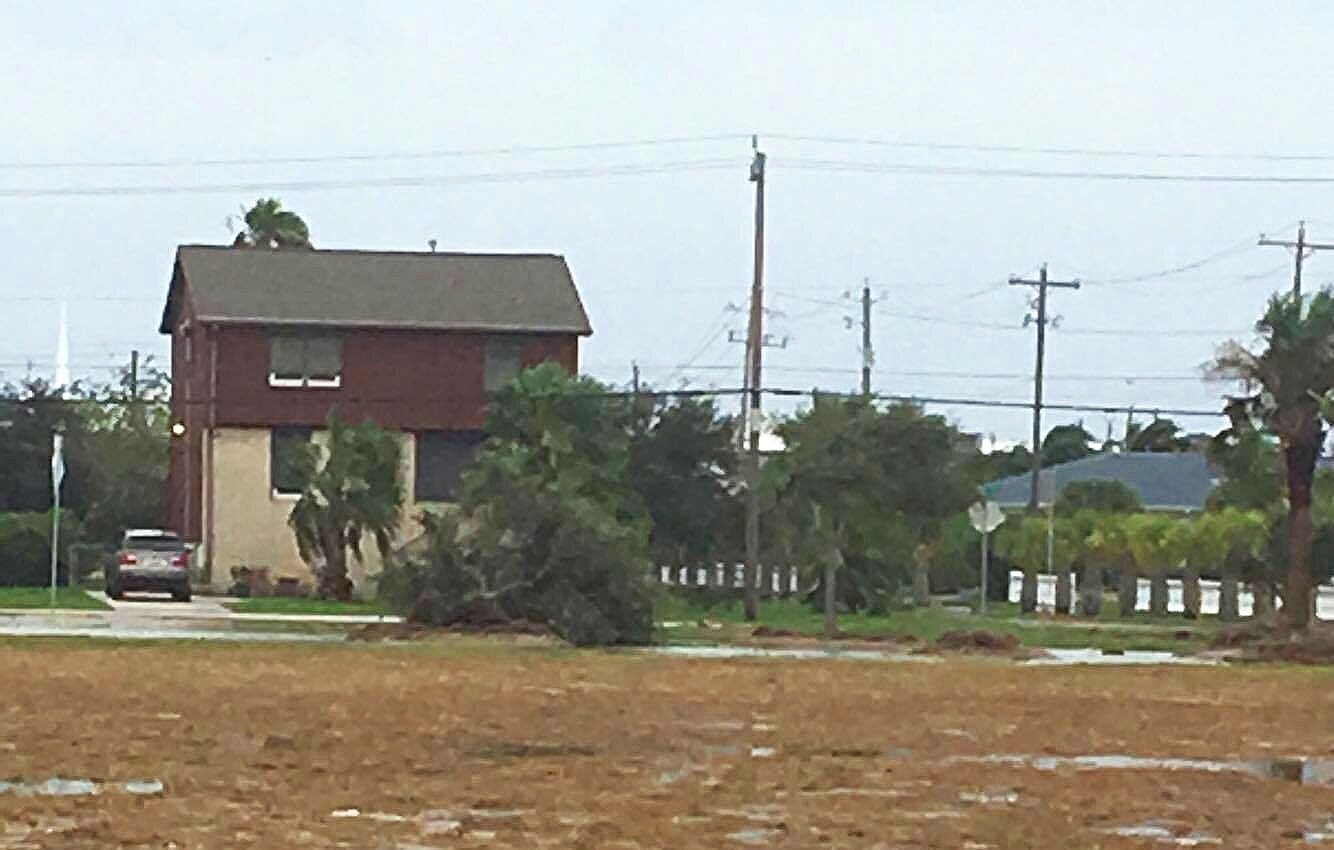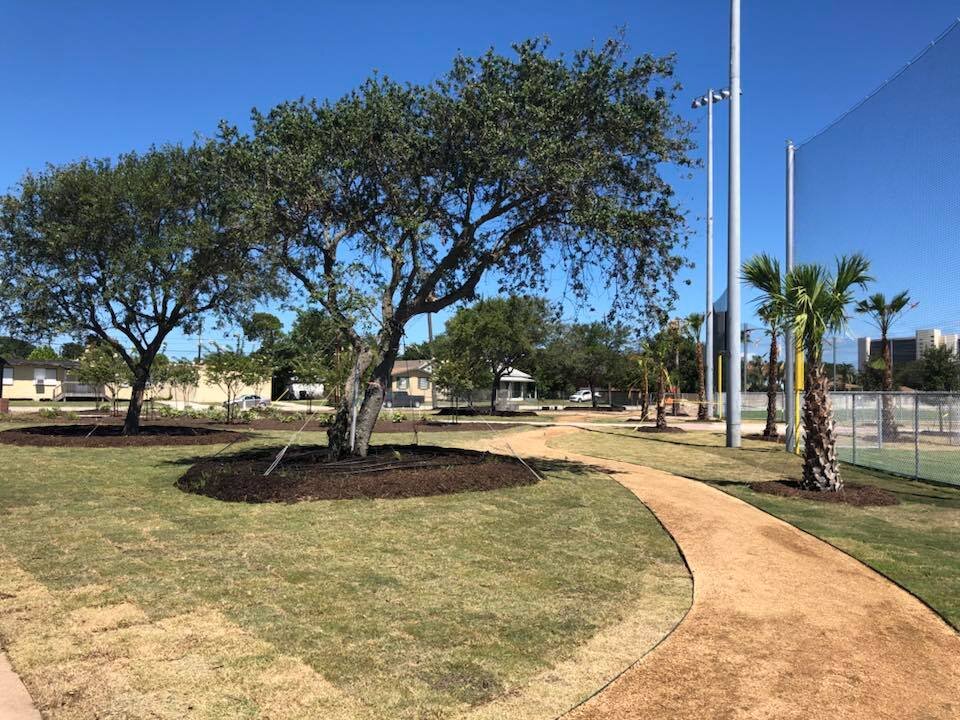Saving Trees
Tree Stories: Saving Trees
There is a saying that the best time to plant a tree is 20 years ago, and the second-best time is now.
One of many lessons learned from Hurricane Ike in 2008 was the value of our existing trees. Forty thousand of them perished from that catastrophe and seeing the empty landscape was emotionally devastating. In recovery we have learned that it’s not quick, easy, or cheap to reestablish a lost urban forest. It will be years before the thousands of new trees gain the stature of many of those we lost.
So we value those trees that were planted five, ten, fifty years ago. In addition to adding beauty to the landscape, a mature tree can provide cooling shade (that also reduces energy costs and postpones street repairs), reduce storm flooding by absorbing water, and absorb each year 28 pounds of carbon dioxide while producing 260 pounds of oxygen—the list goes on.
A recent event in Galveston has shown that our community recognizes this value.
Planning for a new public baseball complex at Crockett Park on Galveston’s Avenue S went through a lengthy design process. Somehow after all that planning the final design did not include survivor trees on the site. They had been installed 20 years ago by the Galveston Foundation and had flourished. Implementation of the plan as approved would have required removal of 24 live oaks and seven palms. Many of the oaks were over ten inches in trunk diameter.
Bulldozers were not an option! But how to save them? To the rescue came a group effort that set an example of great tree stewardship. This included the City Tree Committee, the Tree Conservancy, numerous contractors and subcontractors, and City staff and leaders. Several issues had to be resolved: developing a moving plan, identifying new locations with proper irrigation available, figuring the cost, and finding funding.
Contractors developed the moving plan. This included preparation of the trees for relocation and working around existing power lines. Pruning of roots and canopy was necessary to ensure the trees’ stability once moved. New homes for many trees were available in the area around the new ball field, and GISD welcomed several next door at Burnet School.
The next step was finding the money. The City of Galveston’s Industrial Development Corporation allocates 4B Sales Tax funds to eligible projects that can include parks and park facilities. The IDC was able to reallocate funds to provide for relocation of the soon-to-be-homeless trees.
Once the plan was in place the landscape contractors arranged for the proper pruning and irrigation. Three giant tree spades were brought in to ensure safe removal and replanting. The actual move was done just as Hurricane Harvey threatened. All trees made it safely through the deluge, although one floated up and had to be re-set. Almost two months later all are doing well.
These trees are proof that we can learn from history. We can make a difference with dedication plus planning and coordination from people who care!
“Tree Stories” is an ongoing series of articles about Island trees, tree care, and tree issues. If you have or know of a special tree on Galveston Island that should be highlighted, please email treesforgalveston@gmail.com. Margaret Canavan is a Galveston resident, a Galveston County Master Gardener, and a member of the Galveston Island Tree Conservancy Board.
Hurricane Ike caused the loss of 40,000 trees on Galveston Island. The Galveston Island Tree Conservancy was formed to address that loss and has replaced over 15,000 through grant-funded plantings and giveaways.
